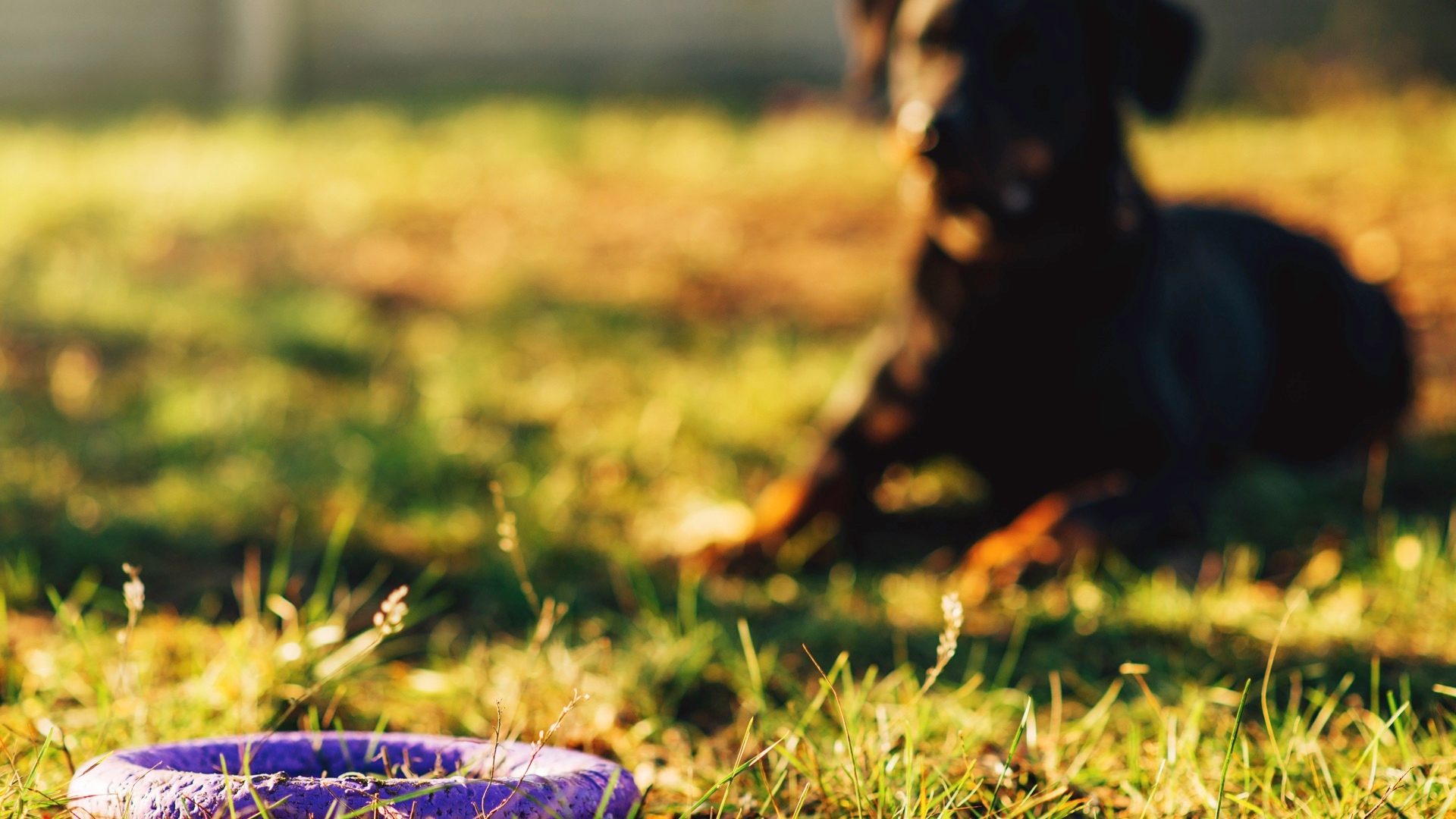Dog Training - How Dogs Learn:
Summary:
Teaching dogs good manners is a priority for most owners. Simply put, it makes sharing your life with your canine best friend a positive experience. Understanding how your dog learns will make you a more effective teacher. How do dogs learn? Through consequences, just like humans do.
Teaching dogs good manners is a priority for most owners. Simply put, it makes sharing your life with your canine best friend a positive experience
Dogs learn through consequences, just like humans do.
Positive Reinforcement
Positive reinforcement utilizes anything that, when presented immediately following a behavior, causes the behavior to increase in frequency.The most commonly used reinforcers are treats and verbal praise, but some dogs respond well to favorite toys and activities. The most important thing is that the reinforcer must be pleasing to your individual dog.
After you determine what to use as a positive reinforcer with your dog, you can then utilize it to strengthen your dog's behavior in various scenarios by presenting the desired item immediately following your dog's actions.By rewarding them for their behavior, your dog will be more likely to repeat his actions the next time he encounters a similar situation.
Here's an example of Positive Reinforcement:
- You ask the dog to sit.
- He sits.
- You give him a treat.
- He is more likely to sit the next time you ask.
Dogs can also reinforce themselves by acquiring something they want on their own.
Here's an example of how a dog can provide himself with a reward for his behavior:
- You left a piece of steak on the counter.
- Your dog jumped up, grabbed the steak off the counter, and ate it.
- Oops – your dog reinforced himself by getting a reward for counter surfing!
- Your dog is going to be more likely to jump on the counter the next time foo0d is left out.
In order to control what your dog is rewarded for (instead of letting your dog reward himself for unwanted behaviors) you'll need to manage positive reinforcements by setting your dog up for success. You can do this by putting away items you don't want your dog to have (such as food,shoes, or children's toys) or restricting your dog's access to these items by using gates or crates.
Tips for using positive reinforcement effectively
For maximum effectiveness, a reinforcer should be given immediately after the desired response. Immediately means within seconds of your dog performing the desired action. This very small window is when dogs can make the connection between their actions resulting in a reward. If more time goes by, your dog may not understand why he is being rewarded. For example, if your dog stands up, after they successfully perform the desired sit, but you give them the reward anyway,they'll think you've rewarded them for standing up, not sitting. Remember, the reinforcer can only strengthen the behavior that it immediately follows. SECONDARY REINFORCER Because it can be difficult to accurately time the treat so that our dogs make the connection between their action and receiving the reward,we can use a secondary reinforcer to bridge the time between the behavior and the delivery of the reward.
The most common and effective secondary reinforcers are marker words (such as "yes") and clickers. We can quickly deliver a well-timed "yes" or a click within a second of our dog performing the desired behavior. This quick and clear message helps dogs learn effectively. Using an audible secondary reinforcer establishes a very clear message of approval and provides us with a moment to deliver the primary reinforcer, the treat or toy.
Continuous and intermittent schedules of reinforcement
Continuous reinforcement means that every time the dog performs the behavior, he gets a positive reward. When you begin training with your dog,use this schedule until the dog understands what behavior you want him to perform. Continuous reinforcement should be used until your dog successfully responds to both the verbal command and the hand signal in various scenarios, as well as with distractions that increase the difficulty of the task.
Once your dog is consistently and successfully performing the desired behavior, you can switch to an intermittent (or varied) schedule, which means that your dog is reinforced only occasionally. For example, you could give them a treat every other time they sit, then every third time, then a couple times in a row, etc.
This variation will help a behavior to "stick' because your dog will never know when a treat is coming, so he'll continue to work, in the hopes that the next time will pay off. (continued on next page Why vary the reinforcement after your dog learns a new command? A dog who has had continuous reinforcement every single time he performs a behavior, will quickly notice if the reinforcement stops. He may try this behavior a few times, but if no reinforcer is forthcoming, he'll eventually stop trying and this behavior becomes extinct.
Giving rewards intermittently will make your dog want the treats more and will continue to try, even if they aren't rewarded the first time they've successfully performed the behavior.The will allow your dog to get used to working even when there isn't a reward.
Here's an example of how intermittently rewarding a dog will encourage them to keep trying: If you give your dog a bite of your dinner once in a while, but in between you say "no", your dog will keep begging for food. If you say "no" continuously, every single time, they will eventually stop begging for food. But rewarding them with food every once in while will keep them trying for more in the hope that you might slip them one more bite! Same thing with sleeping in your bed or letting them jump on you – letting them do it every once in while will keep them trying for more.
Natural Reinforcers
Eventually, dogs will perform the behavior for natural reinforcers, as well as the ones we have provided on an intermittent schedule. Here's an example of a natural reinforcer: When your dog wants to go outside, you ask him to sit and wait by the door, before you will allow him to go out. The natural reinforcer is that he will be rewarded by going outside, where he will likely enjoy a walk or play time. Eventually, your dog will automatically sit and wait by the door, until you open it.
Definitions of other common training terms luring
To use a desired item (like a toy or treat) to get a dog to move in a certain way by enticing them to follow the item into a particular position or behavior. For example: When teaching a dog to sit, put a treat to your dog's nose, then lift the treat over the dogs head and his rear end will touch the ground. You're luring him into a sitting position with the treat.
Shaping
To break a desired behavior into smaller parts and marking and rewarding these steps when they happen. Shaping is especially useful in teaching more complicated behaviors. For example: If you wanted your dog to pick up your keys and hand them to you, you would use shaping by marking and rewarding the dog just for sniffing the keys. Once your dog is consistently sniffing the keys, wait for him to mouth them,then reward that small step.Once he is mouthing the keys consistently,only reward him for picking them up with his mouth.


